This small underseat bag with a 7-liter volume is a versatile choice, not just for telescopic saddlebags. It can be used on a telescopic saddle or as part of a light setup on a gravel bike. It's also ideal for small and children's frames where space is limited, as a 16-liter bag would be too bulky. The new main material, Nylon Robic with a 1500 mm H2O PU coating, is a durable and lightweight fabric. The bottom of the pannier and the areas that touch the saddle post and seatstays are made of abrasion-resistant and non-slip Hypalon. Inside, there's a removable waterproof insert made of coated Nylon RipStop fabric with a 5000 mm PU and taped seams to keep your belongings dry. The polypropylene strap around the saddle struts is sewn with Hypalon for maximum fixation and to prevent movement. The Camlok locks, equipped with Nifco brand buckles (-20°C), are easy to handle even with gloves and prevent the strap from slipping. There's a compression strap with an aluminum hook in the center. At the top of the bag, there are 5 straps (each with 3 loops) for attaching extra equipment and a flasher. Stressed seams are secured with a zigzag Bartack stitch, and all threads are polyester with a large fiber diameter for strength. Main advantages include low weight, durability, a removable waterproof liner, maximum fixation, compatibility with telescopic seat posts (mounted only on saddle rails), and 5 straps for attaching additional items.
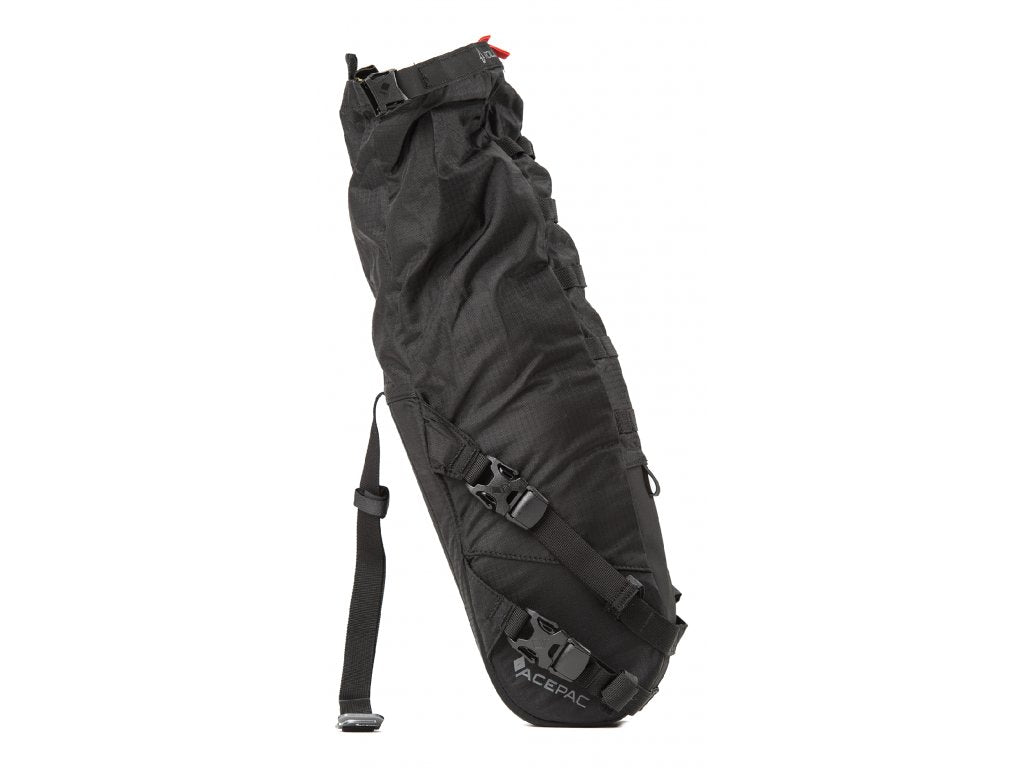

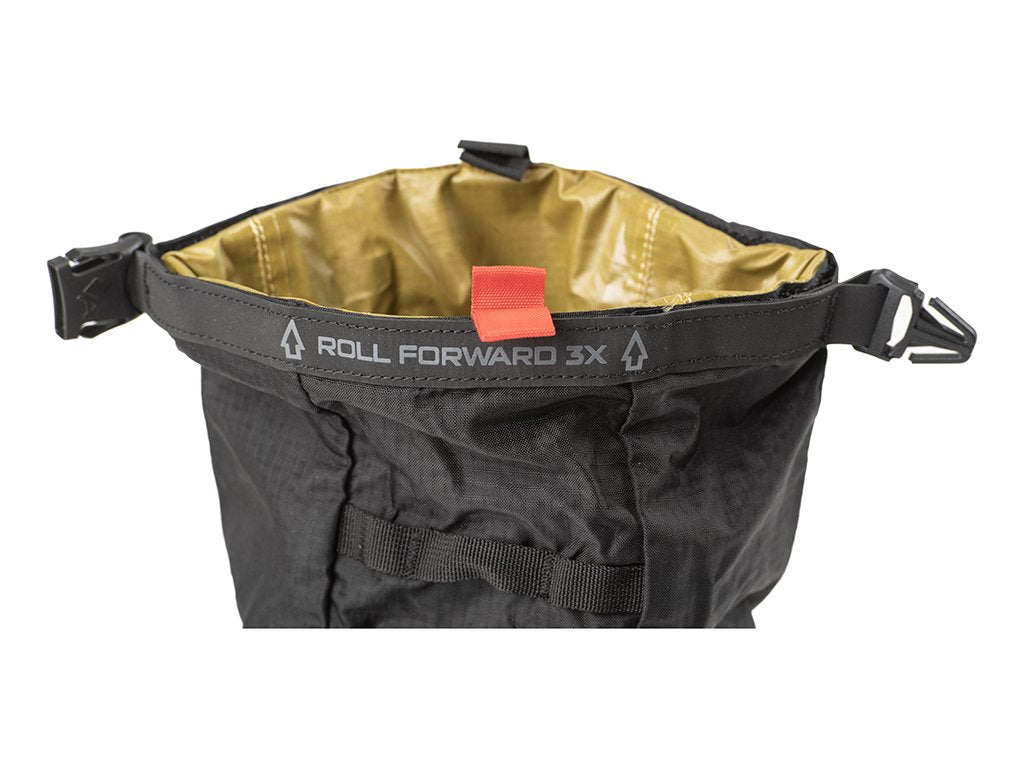
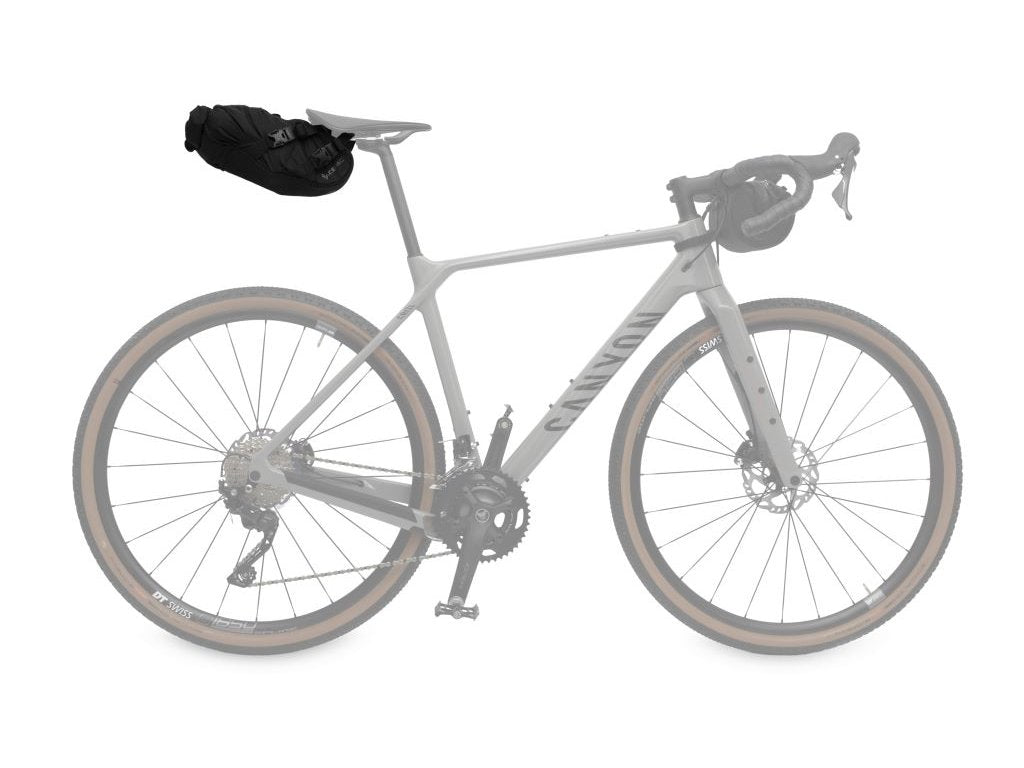
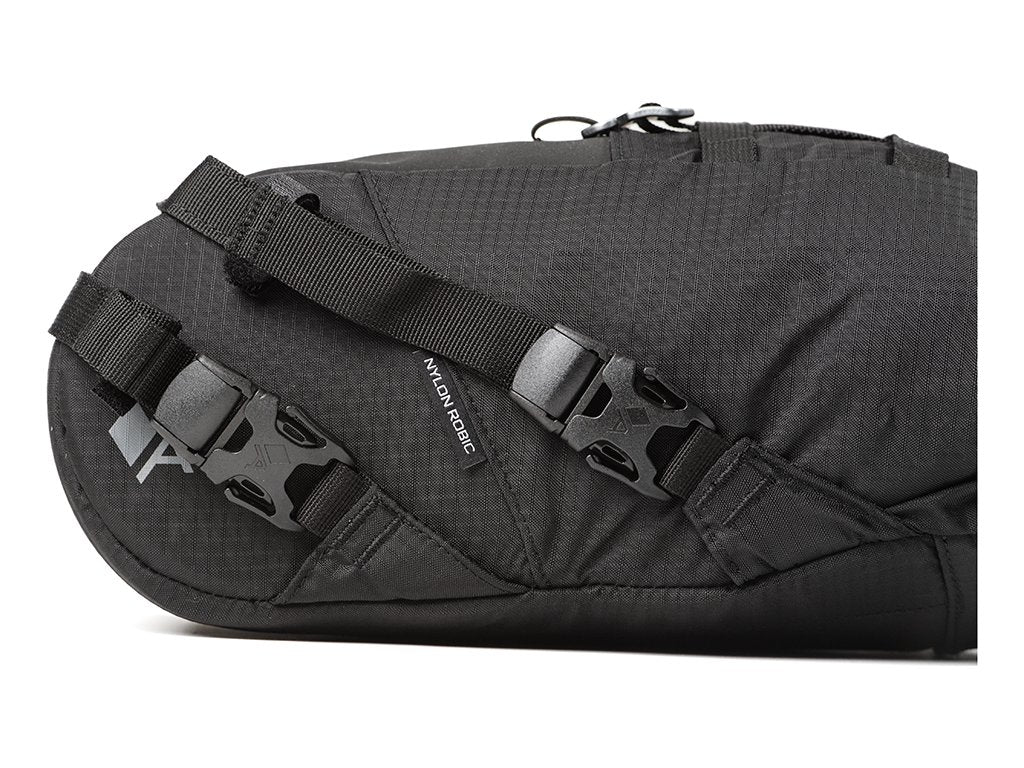
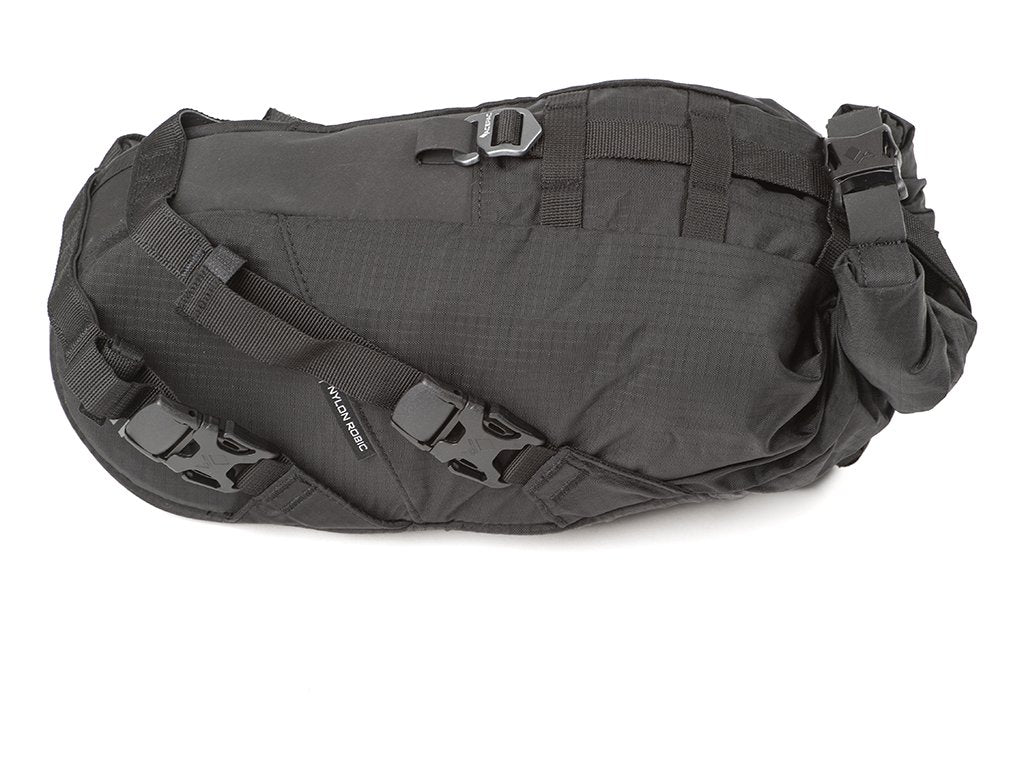
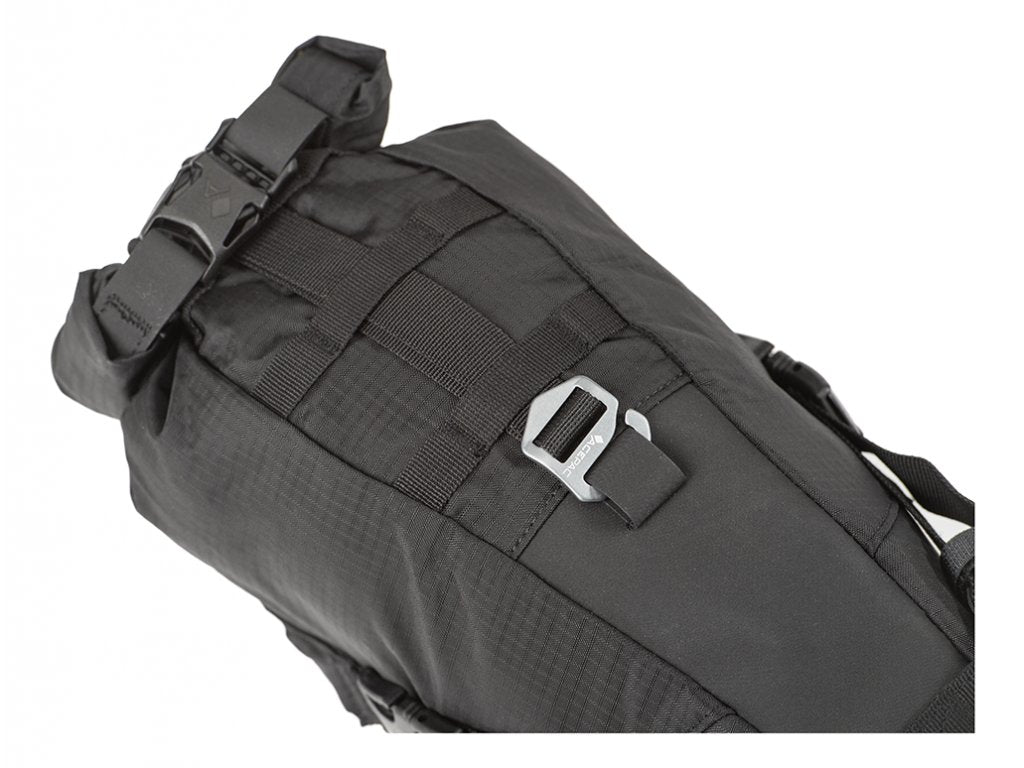
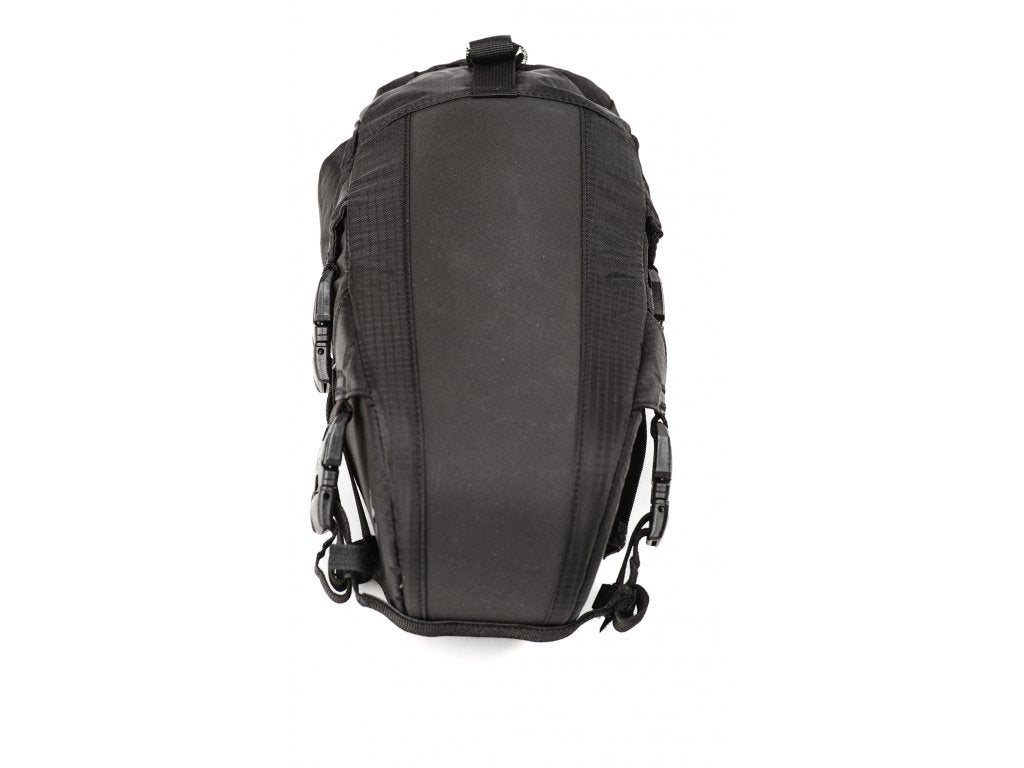

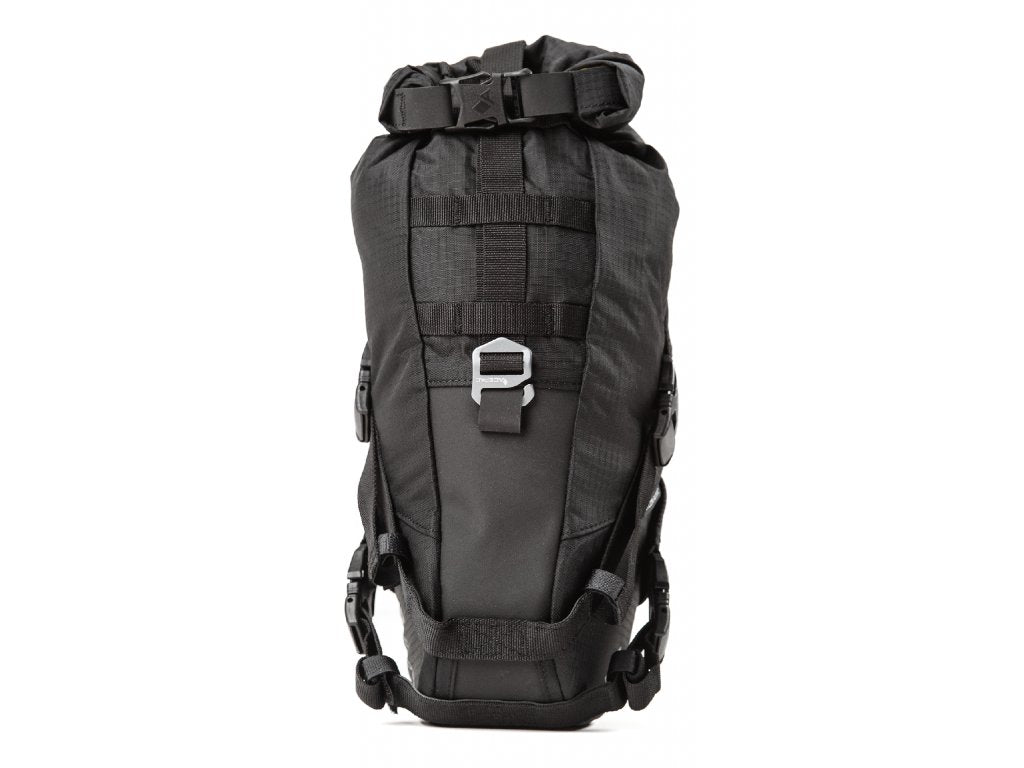
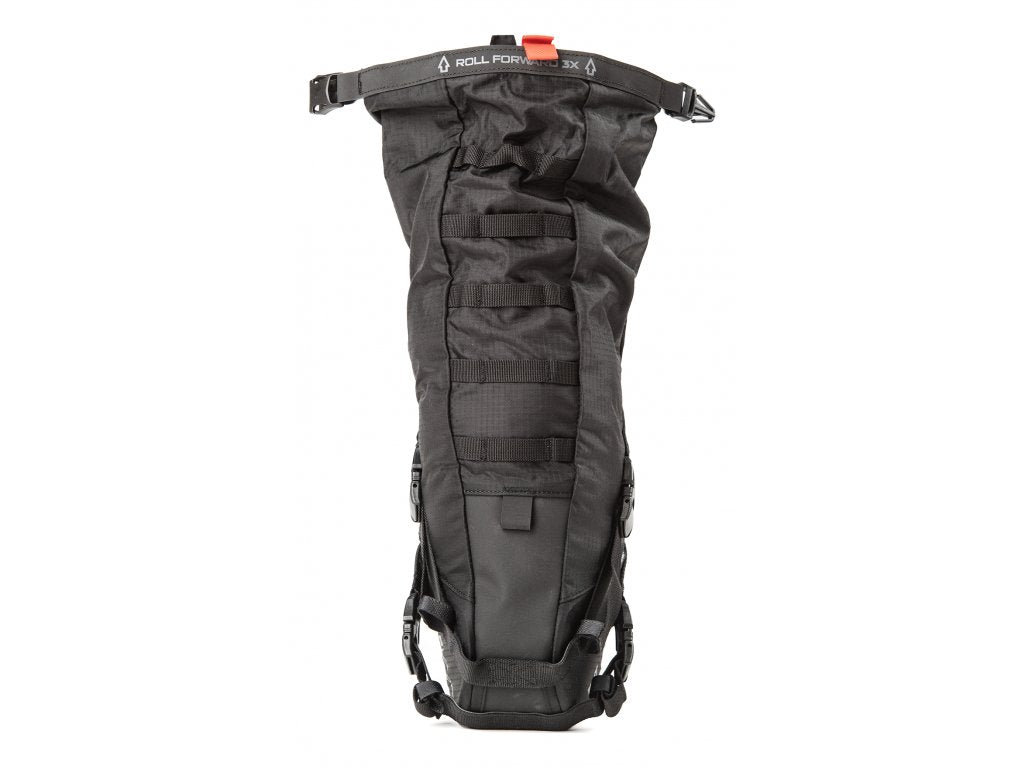
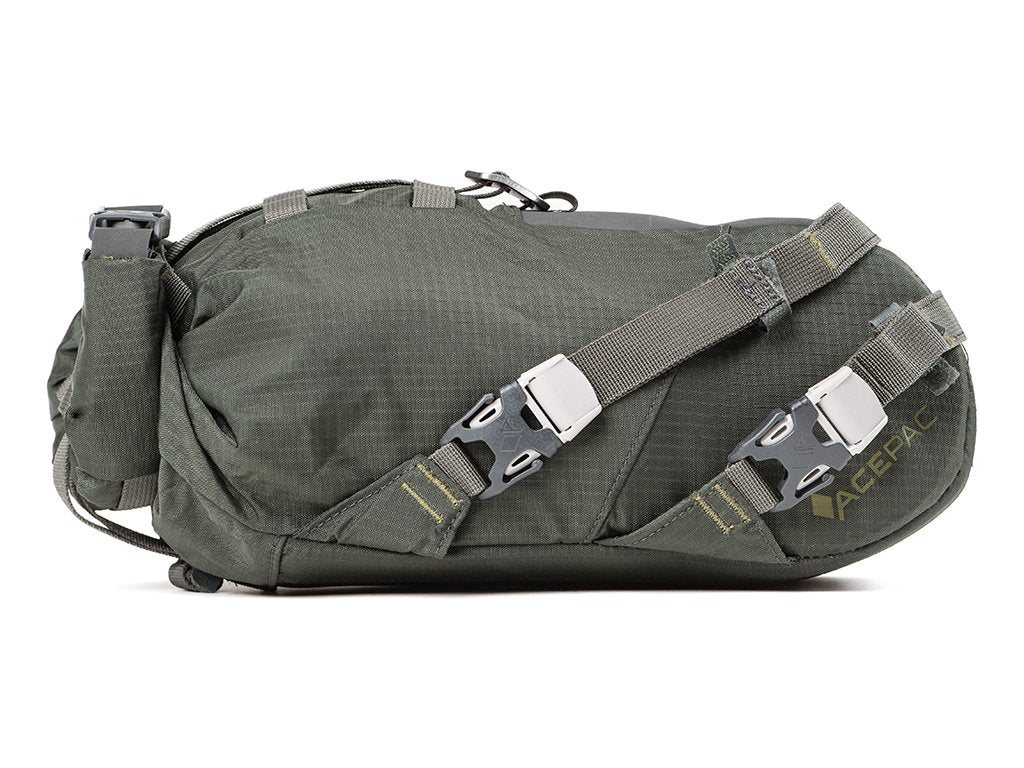
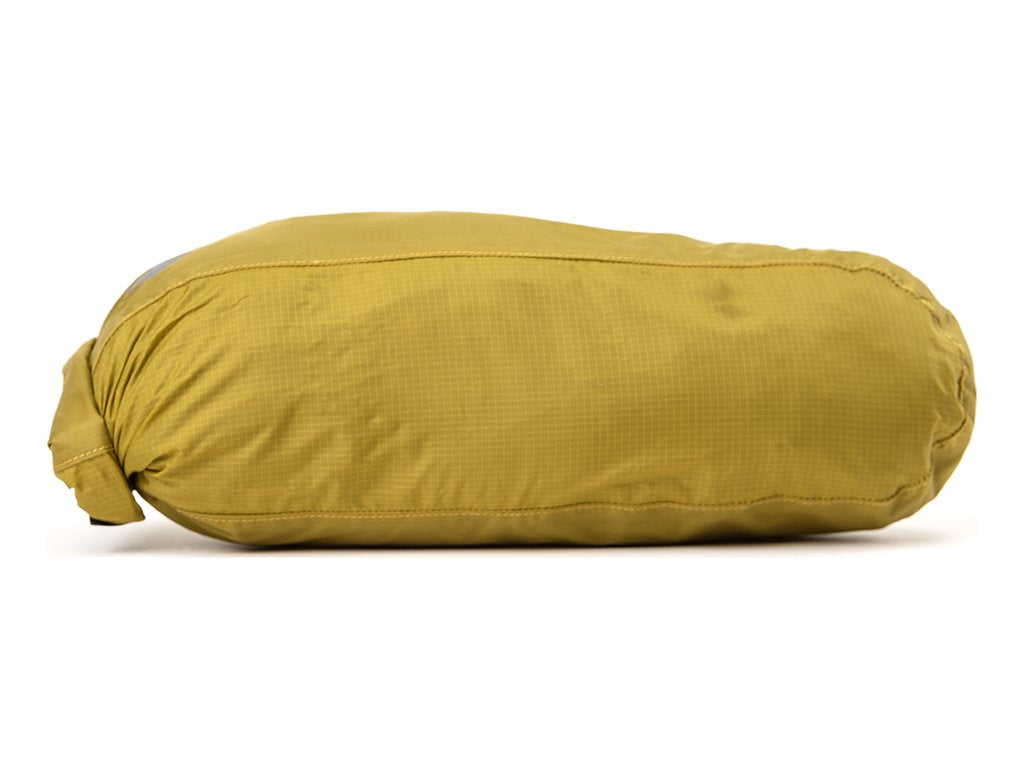
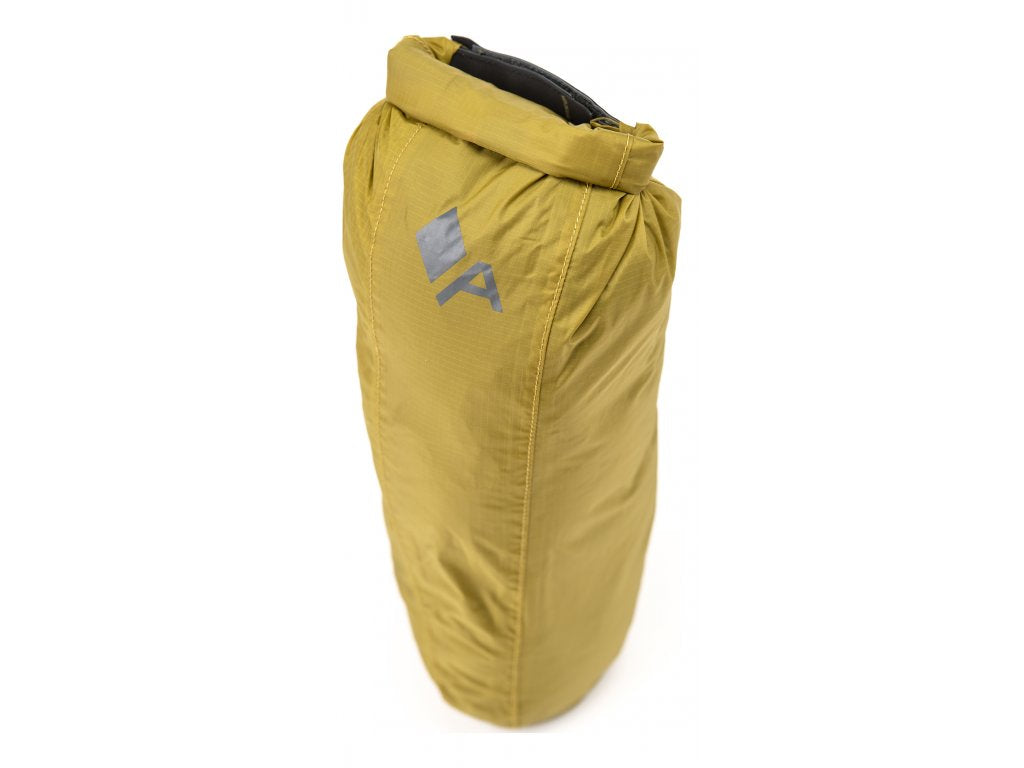

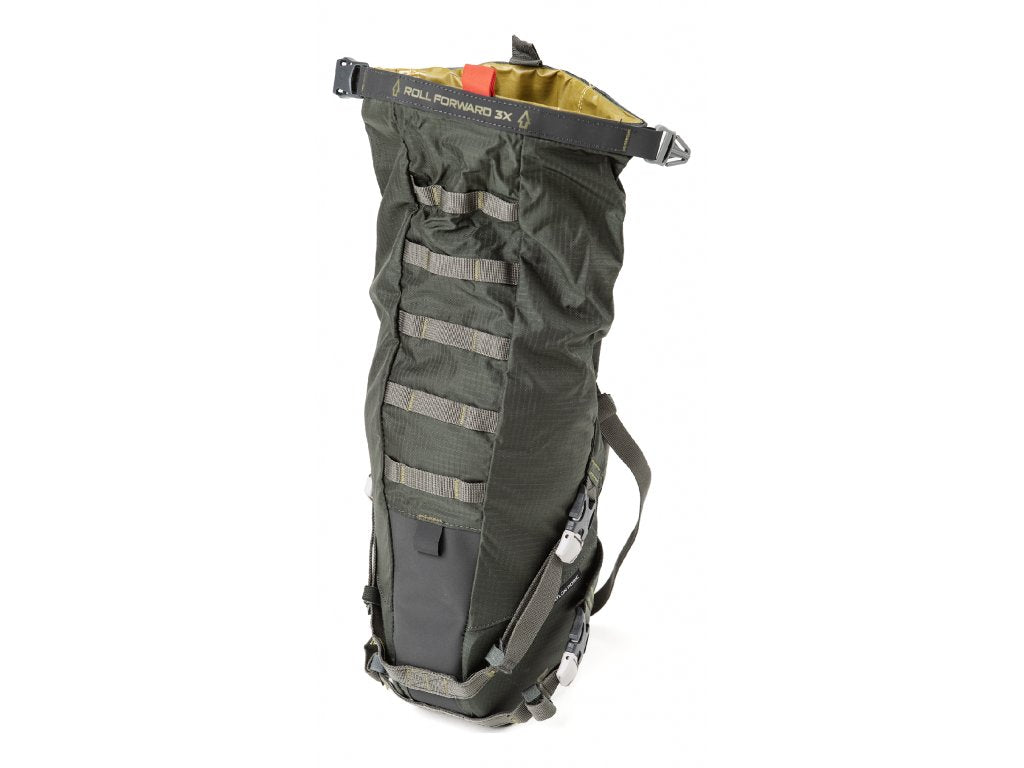
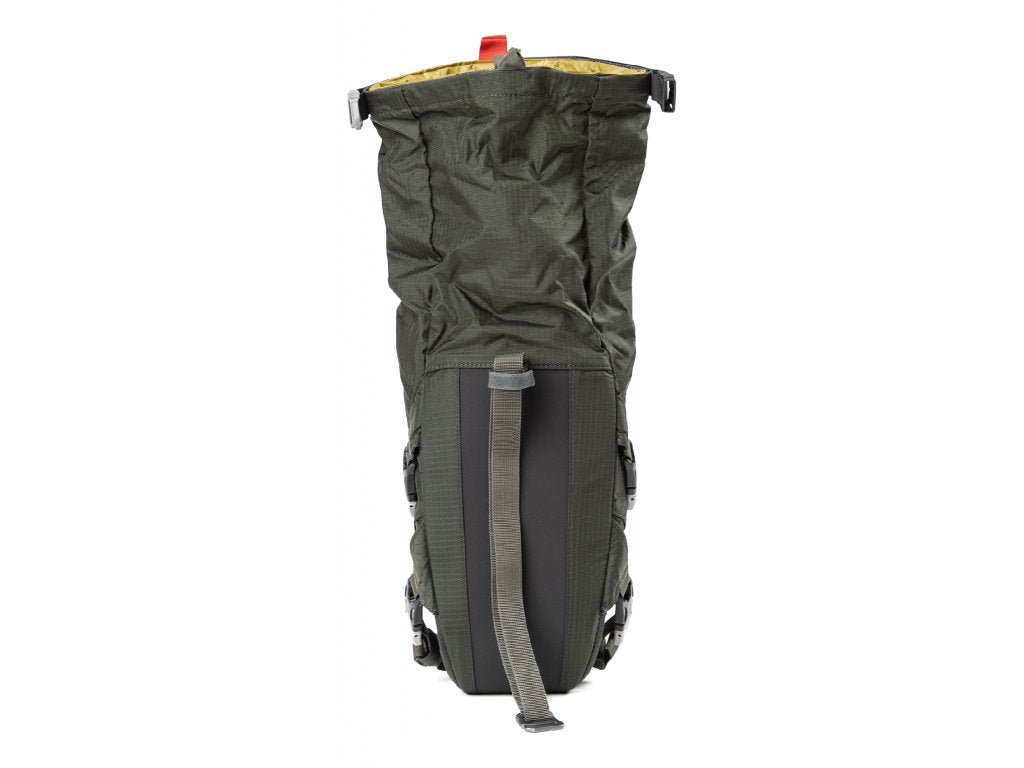
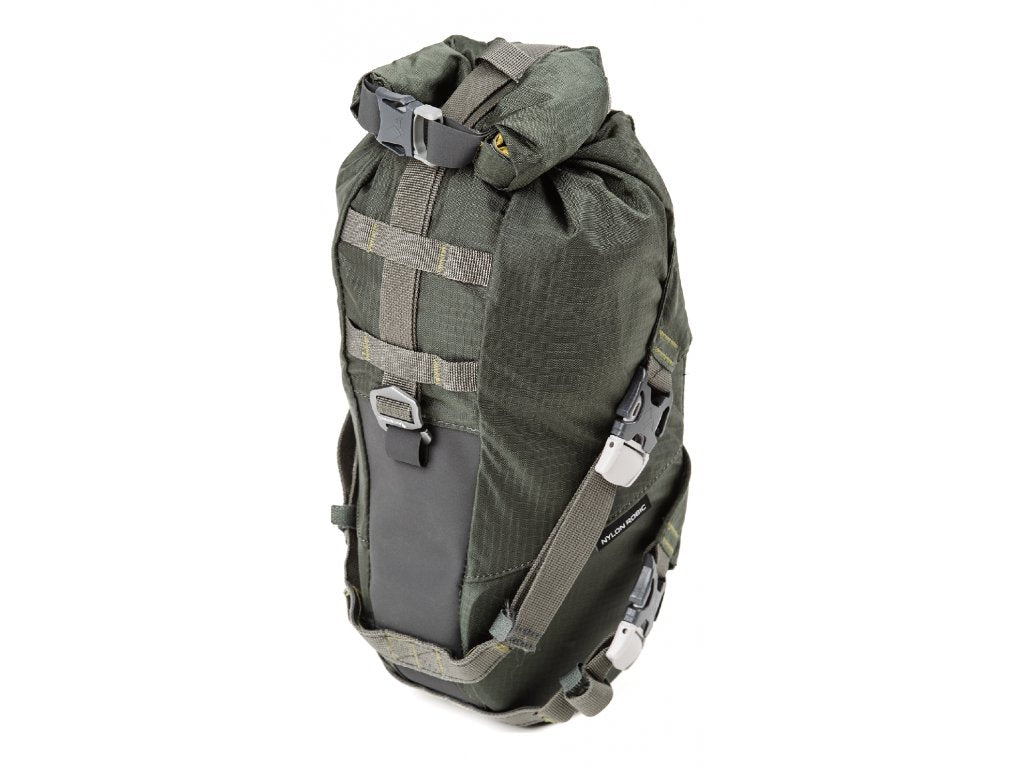
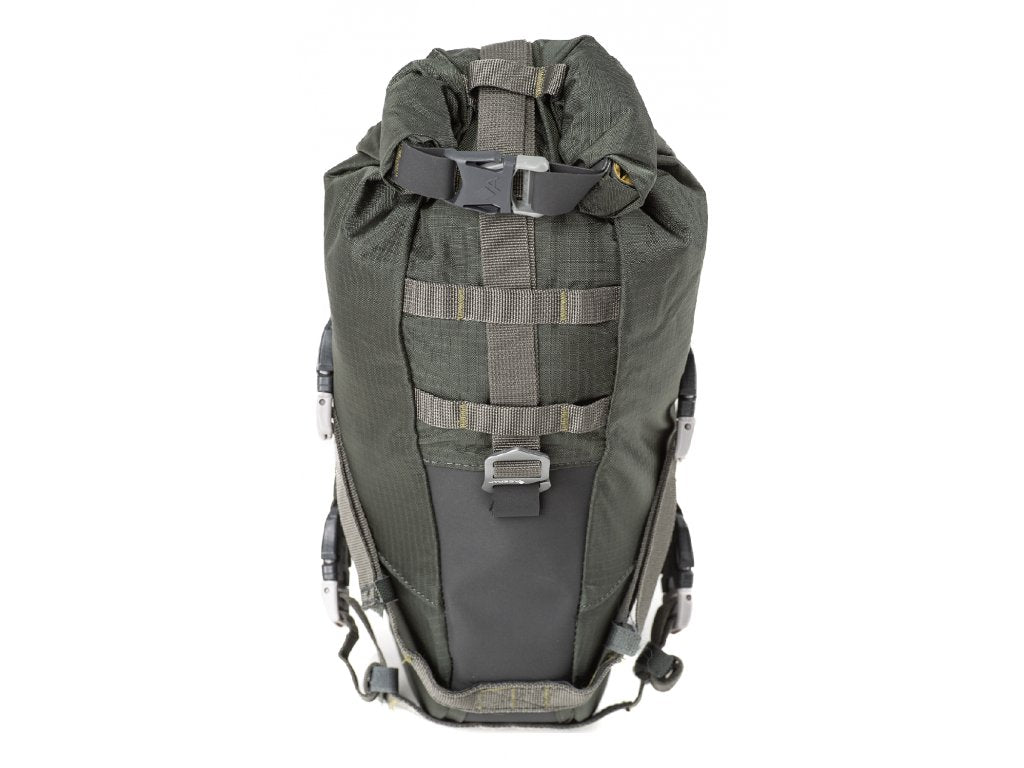
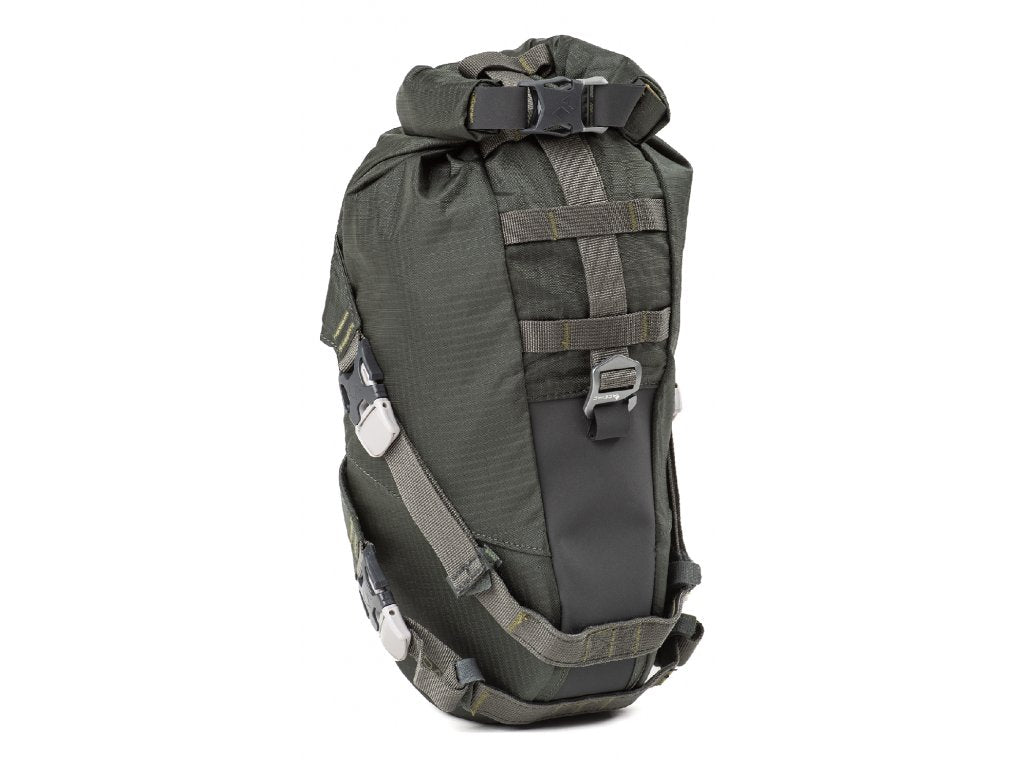
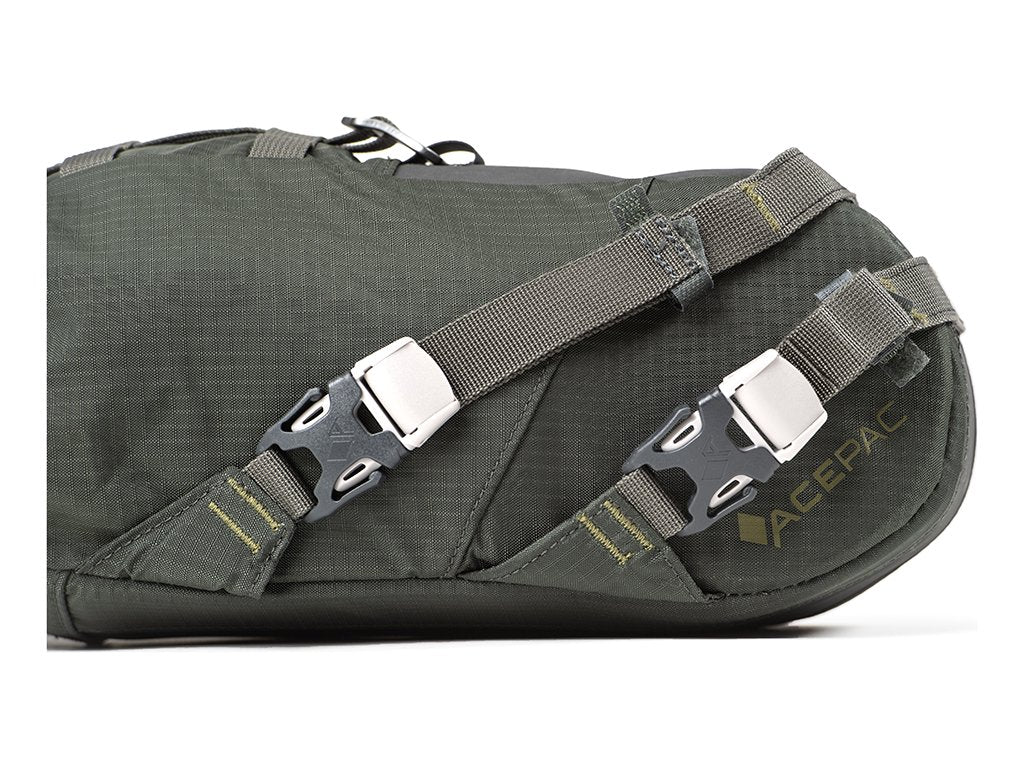

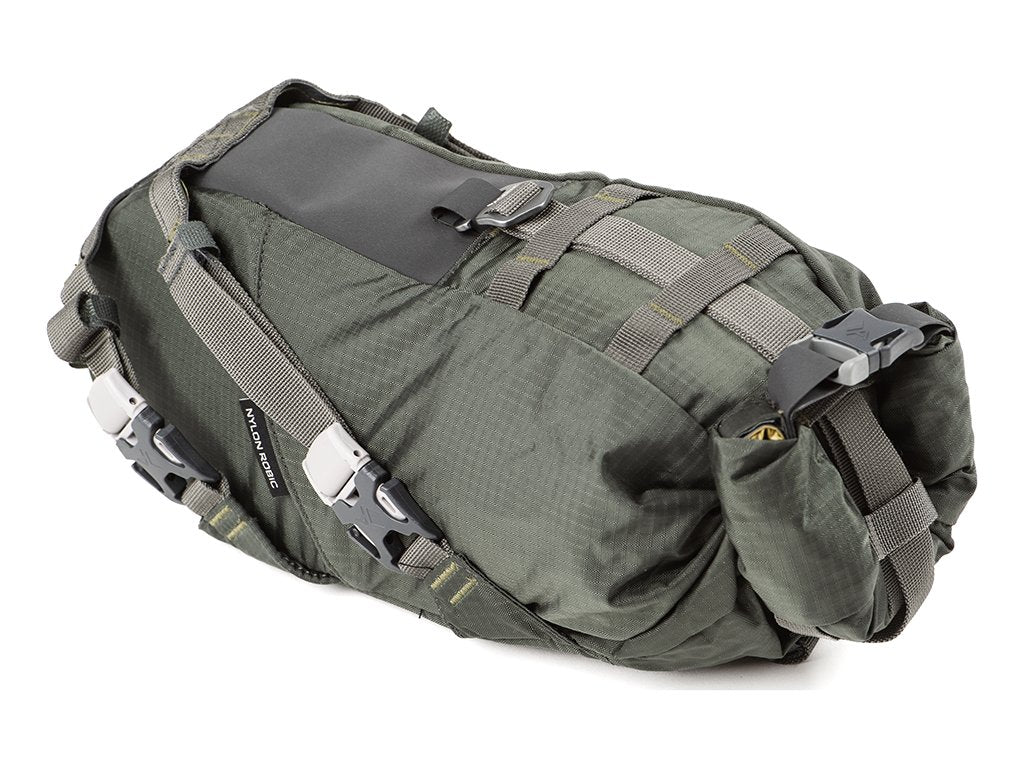
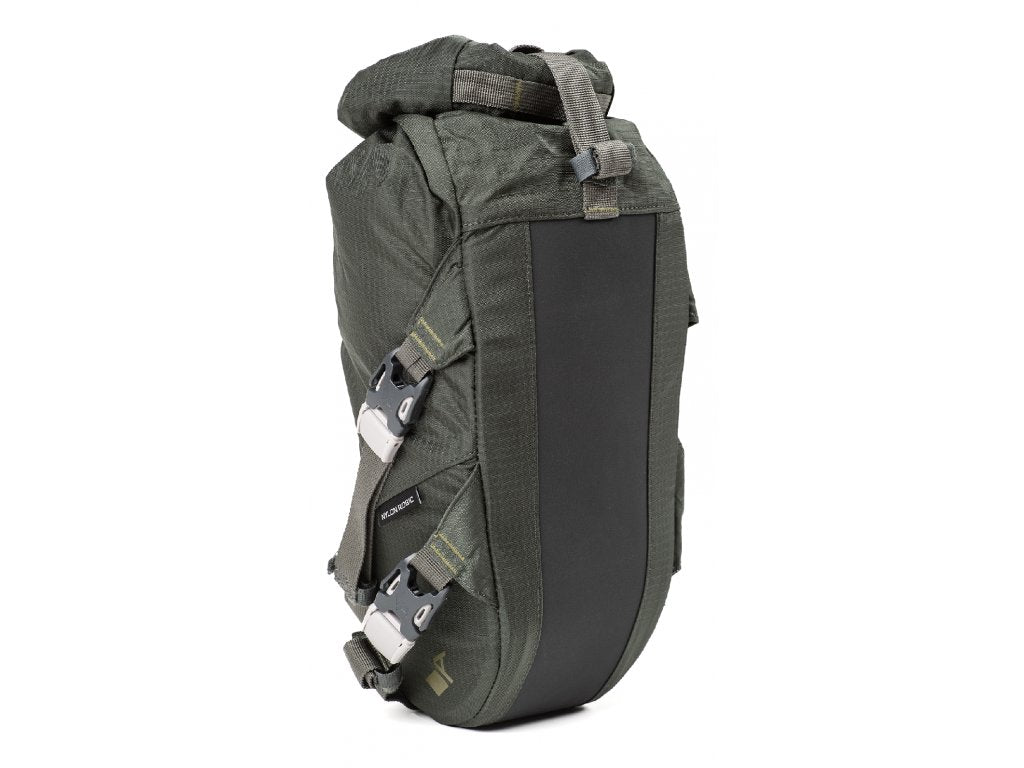
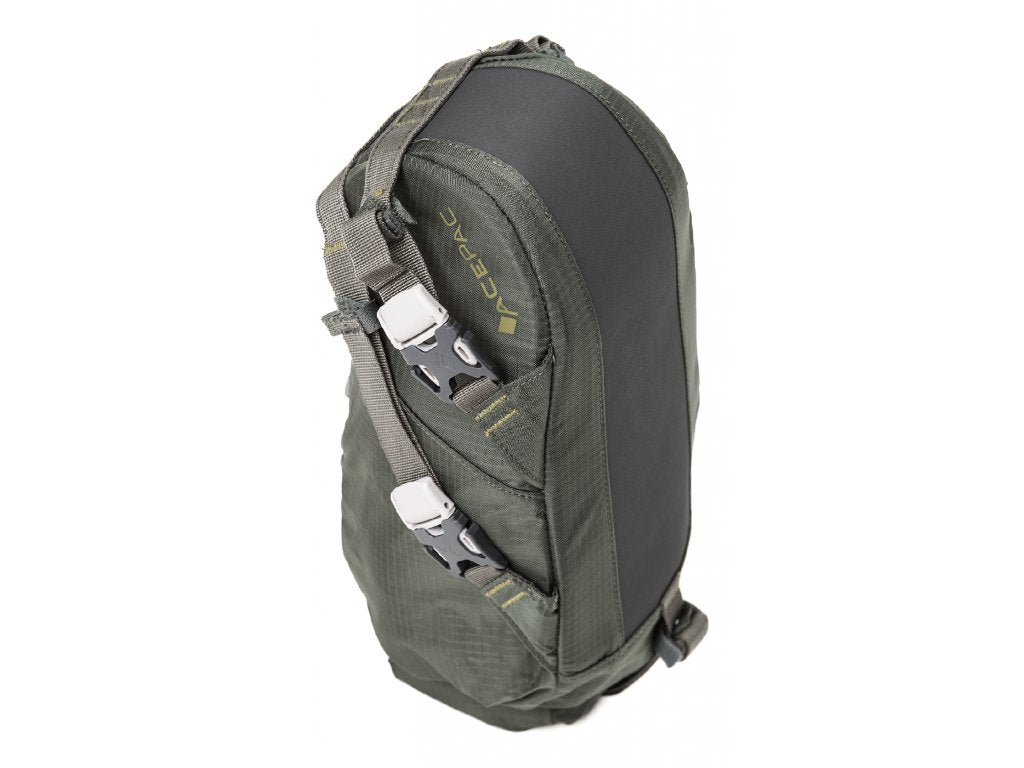
Using this bag is easy. First, attach it to the saddle rails using the provided polypropylene strap. Make sure the Camlok locks are properly secured to prevent the strap from slipping. You can use the compression strap in the center to adjust the bag's shape and keep it in place. To attach extra equipment or a flasher, use the 5 straps at the top of the bag. When it comes to maintenance, regularly check the seams and straps for any signs of wear. If the bag gets dirty, you can wipe it clean with a damp cloth. The removable waterproof insert can be taken out and washed separately if needed. Store the bag in a dry place when not in use to prevent damage. Also, avoid overloading the bag beyond its capacity to maintain its shape and functionality.